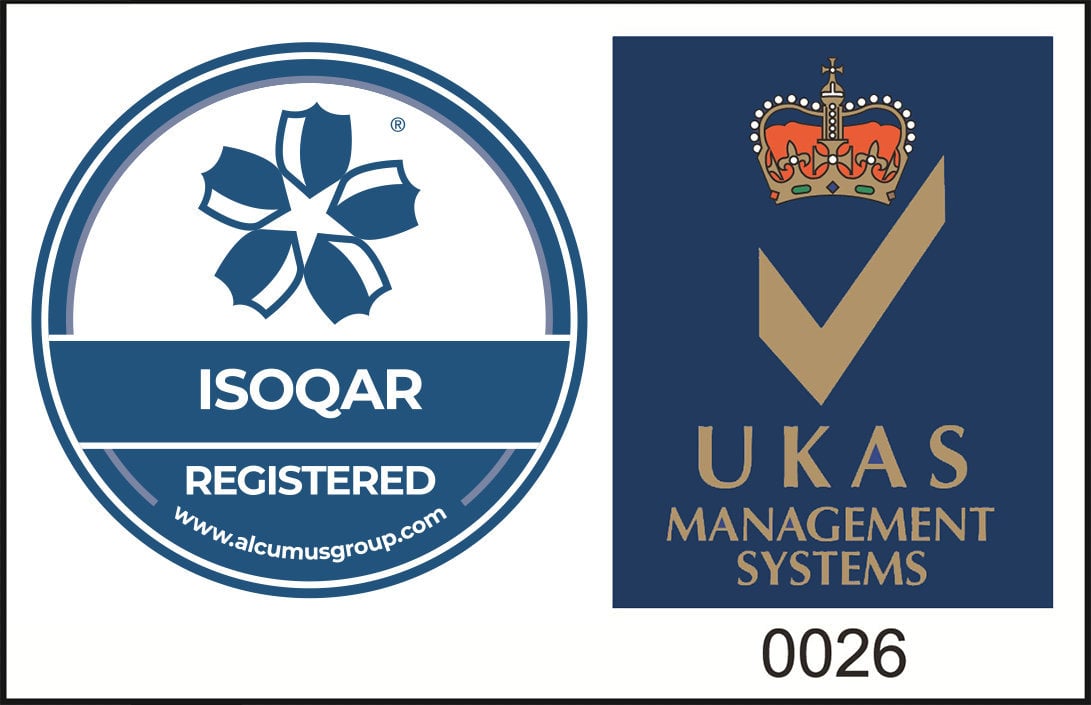
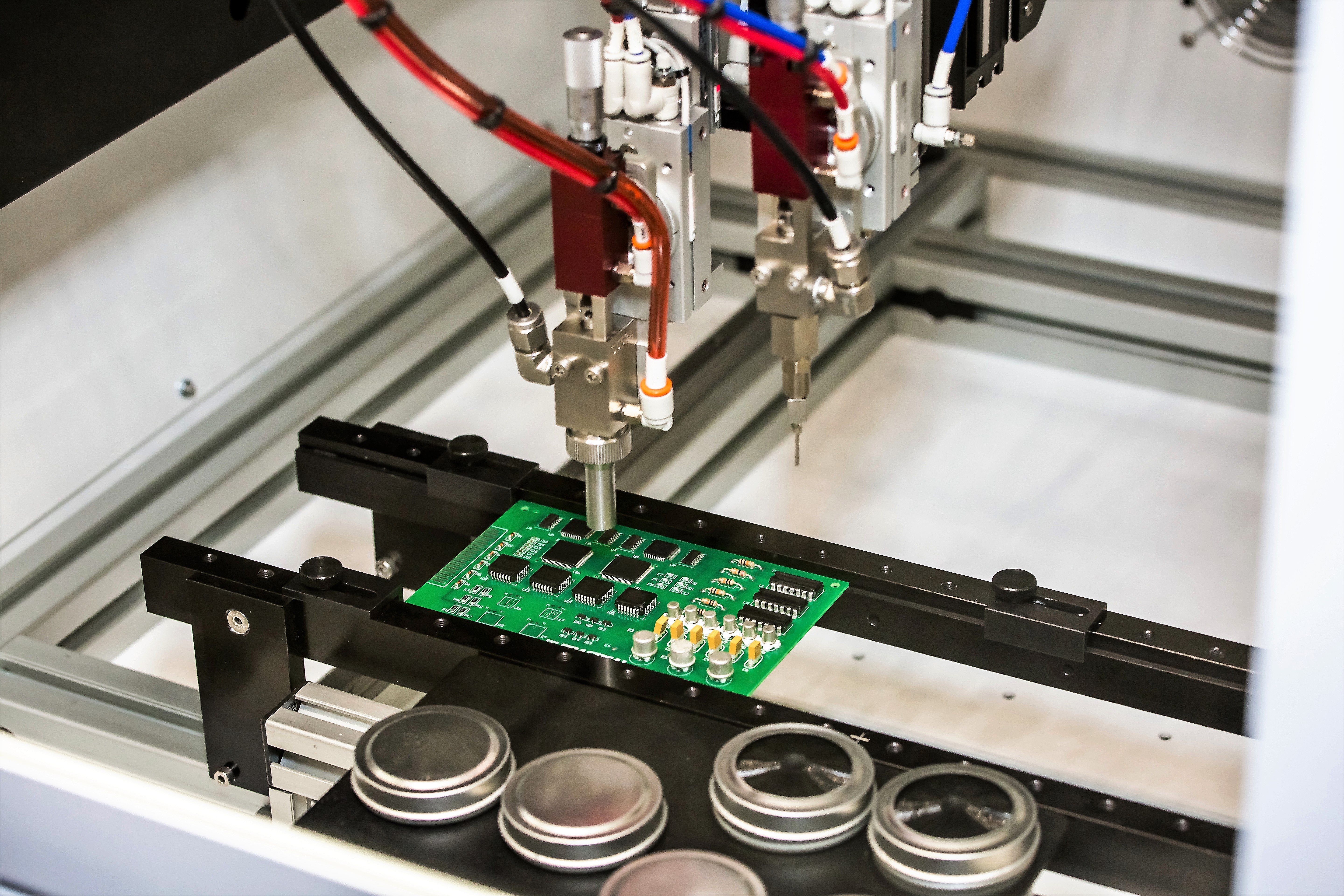
What is conformal coating and why is it used in automation?
Published: 23/12/2022
What is conformal coating and why is it used in automation?
Conformal coating is applied to a printed circuit board (PCB) and offers a layer of protection for the components against corrosion, prolonging the life of the board. The polymer based layer melds seamlessly to the intricate shapes of the PCB and its components, covering all metalised areas including the leads and exposed joints. This coating can be applied as thin as just twenty five micrometres, shielding the components from environmental damage without stunting the functionality of the board.
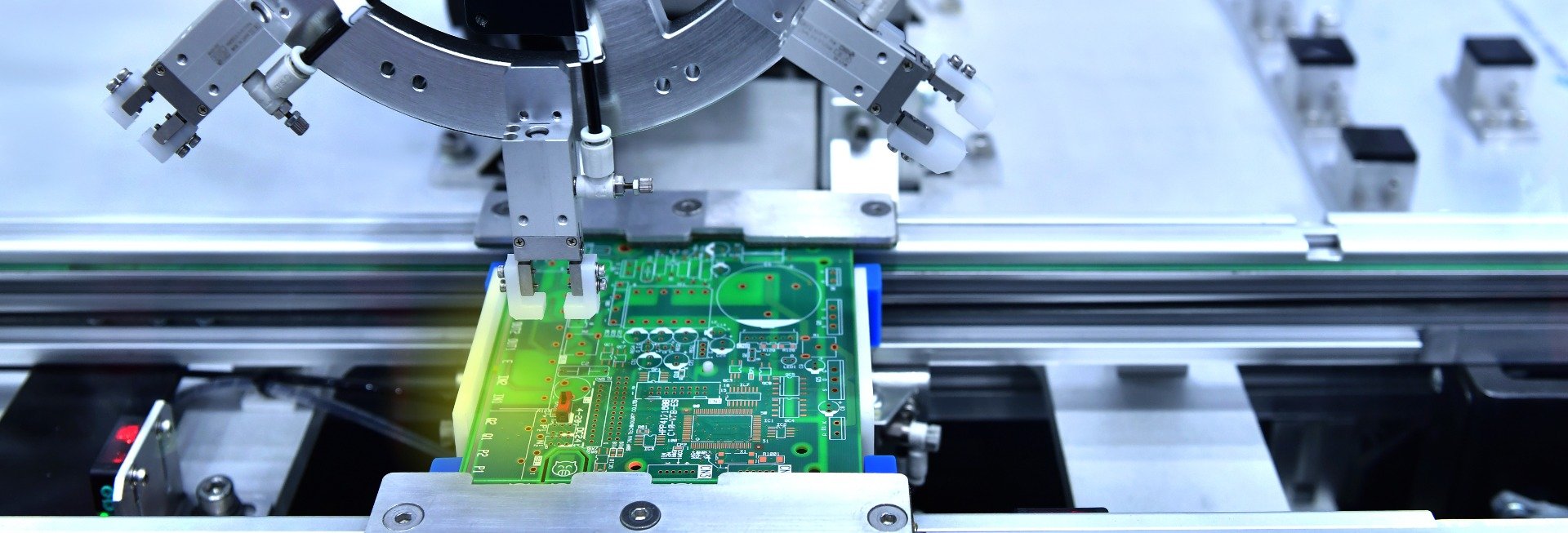
Why should you apply a conformal coating?
When you purchase a brand new PCB, you would expect it to produce the desired results, however in certain industrial environments and with time, your expectations may well come crashing down as you are hit with a harsh and unforgiving reality. If the circuit board lacks a conformal coating, external elements such as excessive moisture, acute temperature changes and general corrosion could easily transform your factory fresh PCB into a failed component. Having the conformal coating in play is an absolute game changer, permitting voltage changes without detrimental effects and allowing for far more operational variability unaccompanied by the risk of downtime.
- Improved reliability meaning less risk of unplanned downtime
- Insulation, allowing reduction in conductor spacing
- The light application method means no substantial weight increases of your PCB
- Protection against chemical and corrosive substances
- Reduce the need for complex, sophisticated enclosures
- Improve performance of the board despite environmental challenges
- Provide mechanical support and vibration resistance
If we think about a variable speed drive as an example, the lifespan of the part can be increased by up to 25% when a conformal coating is applied depending on the industry in which it operates.
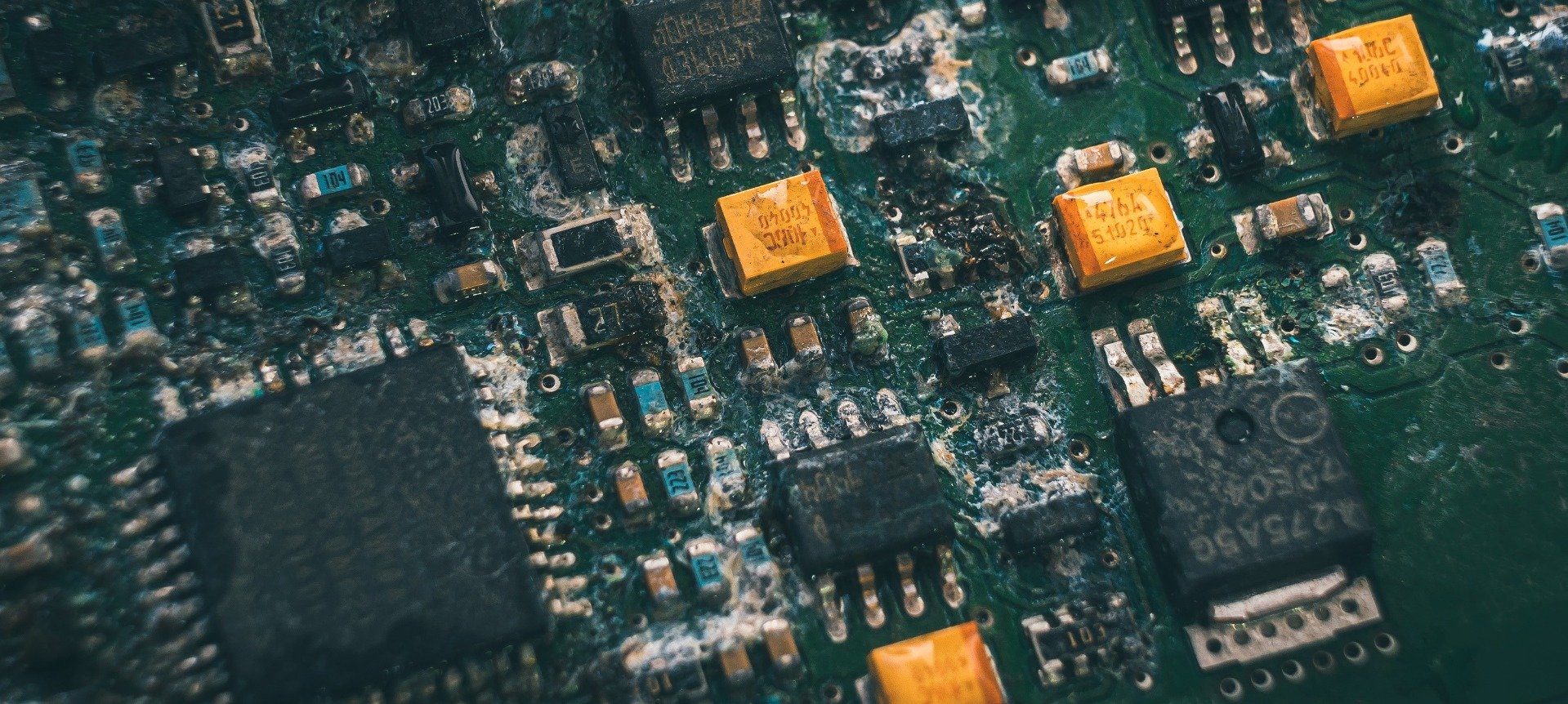
Types of Coating
So far, you may be swayed in the direction of introducing a coating to your printed circuit board, forming a match made in heaven but hit pause for a moment. There are many types of conformal coating and the most suitable one must be chosen as to be conducive to performance optimisation. Now, if a budget is at the forefront of your mind, you may be enticed and sweet-talked into choosing the cheapest of the bunch. Do not be fooled. If it is unsuitable for your application, you may not receive the necessary amount of protection and essentially waste the little money you do invest.
Parylene Coatings
Parylene is one of the thinnest coatings on the market, providing an even coverage across the PCB and capable of getting in all the nooks and crannies. Particularly popular in industrial manufacturing such as automotive and aerospace, this dry film lubricant presents the highest level of corrosion protection and environmental safeguarding properties. Applied at room temperature without thermal stress using specialised vacuum deposition equipment, parylene begins the application process as a gas and evolves into the pinhole free film one molecule at a time. The process must be monitored heavily to ensure sufficient thickness; if too thin, corrosion could easily seep through the cracks.
Acrylic Coatings
Next we have acrylic conformal coating, often a first port of call for those requiring all round protection from environmental damage. This coating is known for being fairly cost effective and suitable for a variety of applications with few exceptions. For instance, in an industrial environment where chemicals are present and resistance is crucial, an acrylic coating will not suffice due to its limited proficiency in resistance. On the bright side, the coating is able to withstand a wide range of temperatures and the application methods are very non intrusive, rapidly drying at room temperature.
Polyurethane Coating
If a resistance to chemicals is a must have for your application and acrylic is therefore insufficient, a polyurethane coating could be your perfect solution. In a similar vein to the former, this too has an excellent tolerance for varied temperatures and although not as easily removed as the acrylic based coating, it remains fairly simple to do so with the correct products.
Silicone Coatings
Opting for a silicone coating can be highly advantageous if it is to operate alongside fluctuating temperatures. For example, if production is changing speed regularly, your coating must be able to withstand the increases and drops in temperature. Despite being deemed the most resistant in this respect, when it comes to corrosive substances or humidity, it is another story.
Water-Based Coating
Water-based coatings are most commonly chosen due to the minimisation of Volatile Organic Compounds (VOC) emissions, reducing the potential environmental impact and improving workplace safety. This works by replacing the solvent in the system with water, particularly handy if your operations are aiming to go green. The potential downside of this coating is that without solvents, the surface of the board is not cleaned as heavily, potentially not allowing the adhesive to perform as well.
UV Cure Coating
As a prime example of a hybrid coating, UV cured solutions are renowned for their top of the range chemical resistance. Boasting the fastest curing time out of all available coatings, it is ideal for a wide range of applications, especially where chemicals are present. The coating is put through its paces, subjected to a two step curing process to ensure no areas are missed via a secondary moisture cure system. While resilient, this does mean that the removal process is not quite so easy. There may be a long list of known benefits, however this coating must be thoroughly tested prior to implementation due to potential thermal changes.
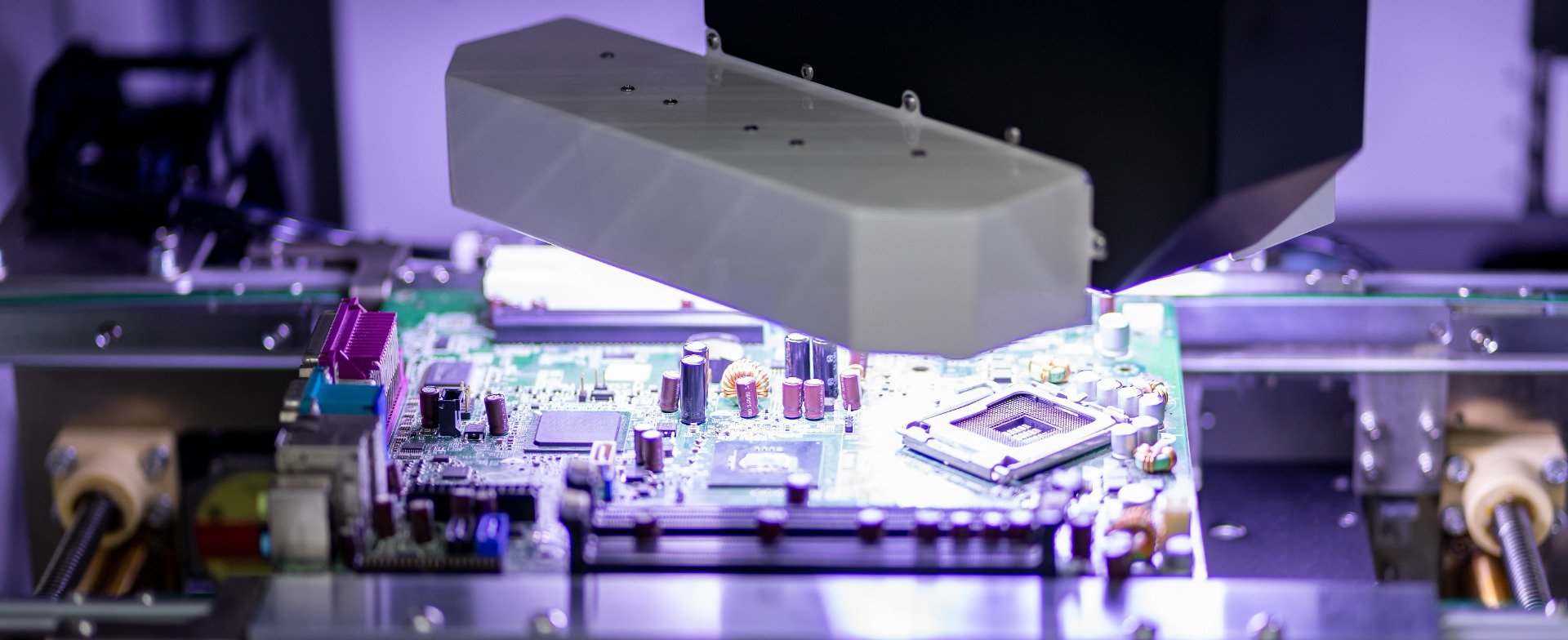
Choosing the Right Conformal Coating for You
With such an array of options before you, choosing the perfect coating may be an overwhelming decision to make. So, what factors should you consider before selecting a conforming coating?
Operating Environment
Arguably the most important factor, you must study the environment in which the PCB will be operating and how vulnerable it is to corrosion. Every aspect of the conditions should be considered from the temperature (including rapid fluctuations), condensation and humidity to present solvents, water presence and exposure to UV light. Each one of these variables could impact the effectiveness of the coating once applied, rendering it potentially useless. It is always recommended to test the coating prior to fully integrating it, ensuring it is suitable for your particular PCB. Once you have shortlisted a coating based on the above criteria, the logistics of application must then be examined. Everything from the number of PCBs in your operations to the cure time and temperature available will impact your final choice.
Level of Insulation
The purpose of a conformal coating is to insulate the PCB and so testing the Surface Insulation Resistance (SIR) is absolutely essential. SIR measures the resistance between the coating and the grounding devices, required to meet specified electrical standards under BS 7671 regulations. This test is extremely thorough, assessing the level of insulation prior and subsequent to exposure to the intended operational environment and harsher conditions.
PCB Design
In some cases, certain parts of your board (such as connectors) should be free of conformal coating so surveying the design is crucial. Under these circumstances, protective materials such as shields and gels can be applied prior to coating. Likewise, the closeness of each component on the board will impact the final result, potentially causing the coating to reject if there is not enough space between each and leaving room for corrosion to hibernate within.
Coating Removal
You should also weigh up the level of maintenance required on your board and the likelihood of future repairs. If this is a frequent occurrence, choosing a coating which is easier to move and reapply may be a more convenient solution
Operational Hours
If you are operating 24/7, it may be tricky to apply a coating which requires a long cure time, impacting your accessibility to the board. Therefore, consider the application method before choosing a coating and make sure there is sufficient time to complete the process.
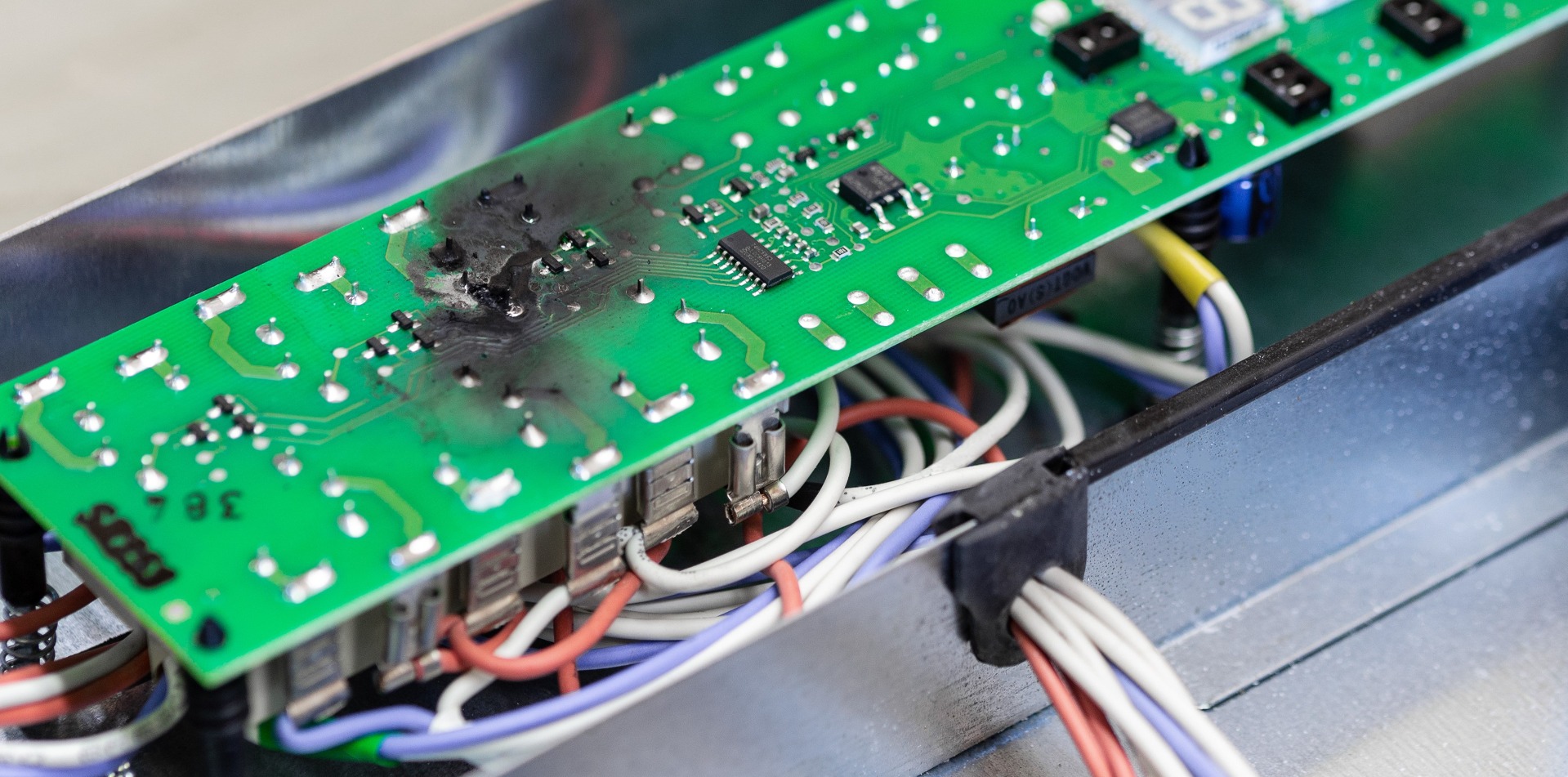
Under the Hood of Automotive Electronics
In the automotive electronics sphere, silicone and parylene coatings are the dominant forces when it comes to PCB protection. Automated processes are beginning to run the show, capable of incredible levels of control when applying the coating, nagaviating around individual components having been programmed.
Since the inception and popularisation of the automobile in the 20th century, an increasing number of electronics are now present, furthering the demand for circuit board protection. Even a decade ago, automotive electronics were in their infancy and basic by today's standards. Now, we are witnessing a shift into the electric vehicle lane with even greater emphasis on electronics traversing beyond just the car itself and into the charging infrastructure.
When the time comes to choose between silicone and parylene coatings, it must be deemed suitable for each board present in different components including:
- Fluid Monitoring
- Lighting
- Emission Controls
- Sensors (Tyre Pressure etc.)
- Fuel Systems
- Batteries
- Digital Displays
- Power Controls (Windows, Doors etc.)
- Anti Lock Brakes
Once determined to be suitable for the specific electronic component, there are plenty more hurdles and much more red tape to overcome. There is a growing list of prohibited substances in a bid to meet solvent-emissions targets. This paired with environmental goals communicated by The Office for Zero Emission Vehicles (OZEV) demonstrates a clear emphasis on the future viability of automotive manufacturing and a need for the green revolution. The decision will be entirely dependent on the vehicle performance once it leaves the factory floor, manufacturing requirements and the environmental impact of said coating.
Solvent emissions are already under scrutiny but this is only forecasted to accelerate as time goes on. Higher performance levels, lower environmental damage and supplying the demand at a faster rate are all predicted to be run-of-the-mill concepts in the coming years.

Are your printed circuit boards safe from corrosion?
Want to find out more?
If you'd like to learn more, click the button below and one of our helpful friendly team will be in touch. Alternately you can reach us by phone on +44 800 234 3747
Share this article




























